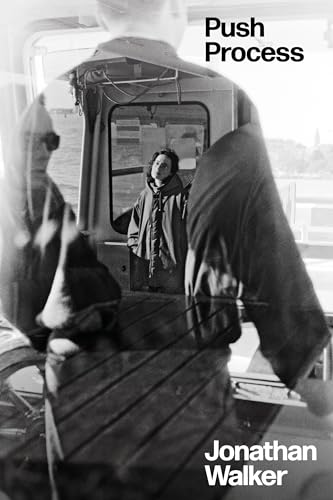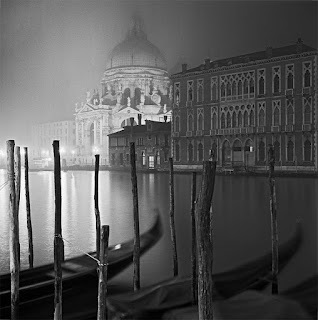What do you think?
Rate this book


217 pages, Kindle Edition
Published March 6, 2024
Photography was a gambling game too. Merlo had taught him that. Each exposure was an attempt to define the difference between winning and losing - an arbitrary and absolute distinction, which only mattered because the players decided to agree it did. The machine registered every scene with equal indifference, just as the roulette wheel didn't care where the ball landed. But in this game the uncontrollable element lay in not being able to define a winning move in advance. You had to figure out later if and why you'd won.

What are you looking for? Lucia asked.
Alberto D’Amico, Merlo said. She slid the cassette out and opened the case. This is Venetian folk music, she said to Richard as she placed it into the deck on her hi-fi.
A lone acoustic guitar and a voice – it could have been recorded at any point in the last fifty years. Richard said, I’ve never hear someone speak dialect. Cavaio? Is that – cavallo?
He’s Venetian, Lucia said. So obviously the barbarians are on horses.
…
Can you translate the song? Merlo asked her.
It’s about the founding of Venice, after the fall of the Roman Empire. Lucia stopped to listen and everyone else fell silent. So the singer’s escaping from the mainland, and he hopes the lagoon will be a land of plenty where his nets are always full.
